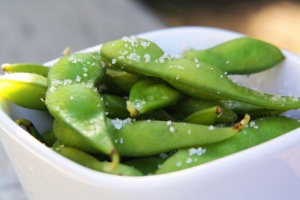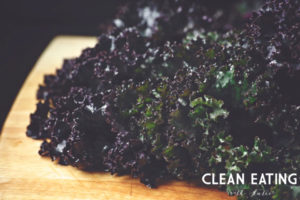While visiting my Aunt Regina and Uncle John in Austin for our trip to South by Southwest in 2010, she made us a delicious breakfast casserole. Ever since then I’ve played with the recipe and made it my own.
First, I added MORE veggies to the original recipe, because, well, VEGGIES. Next, I began omitting the potatoes when we went Paleo. I’ve made it with several different meat options; just bacon, bacon and sausage, just sausage, or some leftover ham during the holidays. My latest version has no cheese since I’m avoiding most dairy. No matter which version you make, it’s sure to be a crow d pleaser. This is my current go-to version.
d pleaser. This is my current go-to version.
This is the perfect recipe for Sunday brunch, Christmas breakfast (our tradition), or to make ahead for quick-and-easy breakfasts for the week. While on The 21-Day Sugar Detox, this has been a great option for my husband and I. Let me know what you think!
This picture doesn’t do it justice. I’ll be updating the photo soon.
Breakfast Casserole
 cleaneatingwithkatie
cleaneatingwithkatie
If you have a pot-luck or are entertaining some guests this breakfast casserole is perfect. You can use what veggies you have on hand or use your favorites instead. To make it more kid-friendly, reduce or omit the amount of green chilies and/or red pepper flakes.
Prep Time 10 minutes mins
Cook Time 40 minutes mins
Course Breakfast, Brunch, casserole
Cuisine American
- 12 eggs pasture-raised
- 8 slices pasture-raised bacon cooked and chopped
- 1 can diced green chilies
- 2 bell peppers diced
- 1 med onion diced
- 2 tbsp grass-fed butter
- ½ tsp red pepper flakes
- ½ tsp granulated garlic
- sea salt to taste
- fresh ground pepper to taste
Optional Ingredients (add any or all of these to tweak the recipe)
- 1 cup cheddar cheese shredded
- 1 large russet potato grated
- ½ lb ground pork sausage cooked
- 1 cup ham cooked and coarsely chopped
Preheat oven to 350°F.
Grease a 13″ x 9″ pan with oil of your choosing (I would use bacon fat reserved from cooking the bacon).
Sauté the bell peppers and onions in a skillet with the butter.
Crack the eggs into a bowl and scramble. Season with sea salt, pepper, red pepper flakes, and garlic.
Optional items: If using the optional items, layer the potatoes first and the cheese last, so it is on top. If using the ham and or sausage, layer them with the bacon.
In the baking dish, layer the bell peppers, onions, chili peppers, bacon, and then pour the egg scramble on top.
Bake for 30-40 minutes or until firm in the middle. Cool for 10 minutes, then cut and serve.
Keyword breakfast casserole, casserole
Eggs are a good source of protein and healthy fat; often considered a “perfect food”. They are a good source of vitamins B12, B6, and D, riboflavin, choline, phosphorous, selenium, folic acid, pantothenic acid, iron, and omega-3s. It is important to choose pasture-raised, organic eggs because they are rich in the above nutrients, while factory-farmed eggs generally are not.
Green Bell Peppers are one of the most nutrient dense foods and are a great source of fiber. They are rich in vitamins C, K, B6, thiamin, folic acid, and also beta-carotene. They are great sources of phytonutrients. Green bell peppers help prevent against cataracts, prevent blood clots, which reduces risk of heart attacks and strokes.
Onions are a good source of vitamins C and B6, potassium, and manganese. They are also rich in antioxidants, particularly quercetin, kaempferol, and myricetin, which all play a role in cancer prevention. Onions also help to reduce the risk of cardiovascular disease and osteoporosis.

by Jo Robinson, The 52 New Foods Challenge: A Family Cooking Adventure for Each Week of the Year, with 150 Recipes
by Jennifer Tyler Lee, and Superfoods: The Healthiest Foods on the Planet


 d pleaser. This is my current go-to version.
d pleaser. This is my current go-to version.








